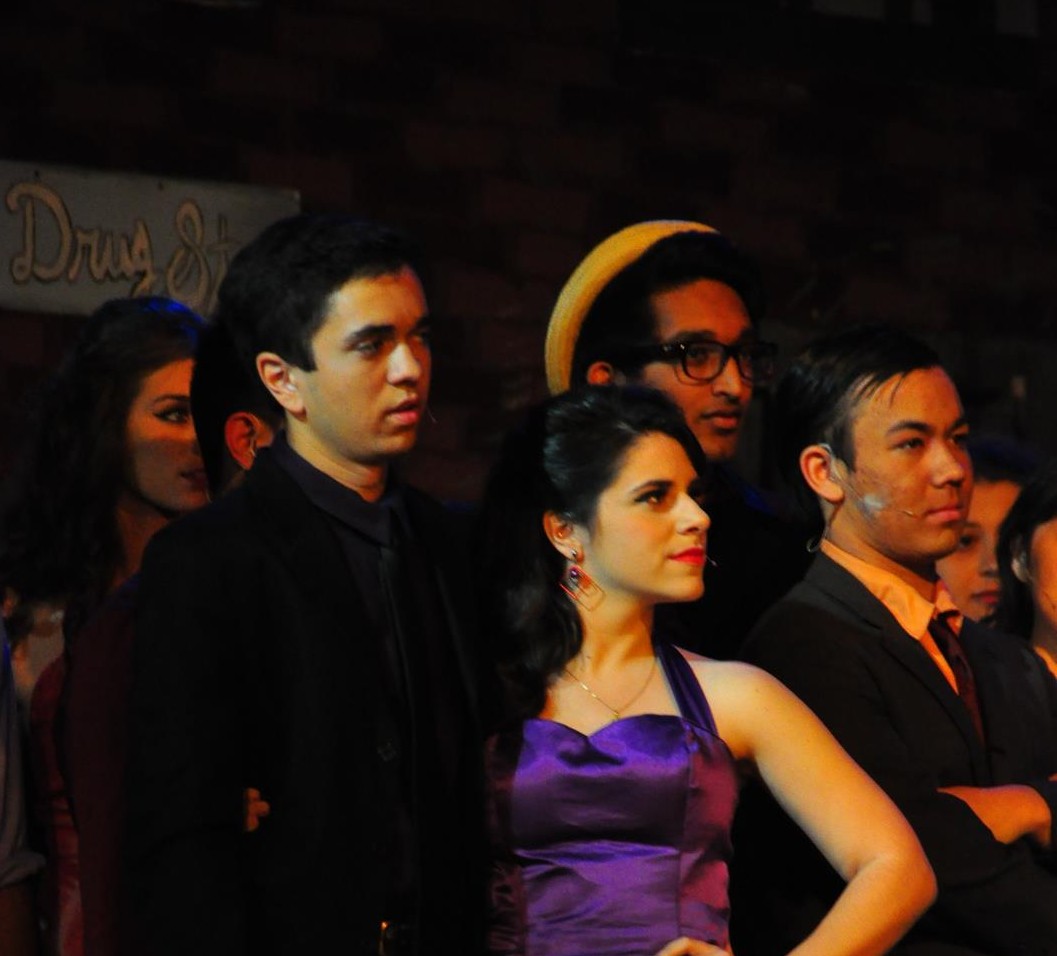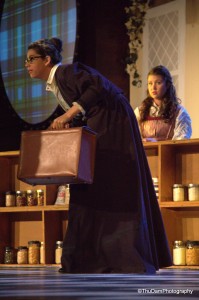Masters and Servants is ultimately an exercise in typecasting. The word has a negative connotation for many drama students, and some instructors. But typecasting works to tell a story, and may help students to learn how to create a character through making choices.
This will describe the summative evaluation for this work, the Master/Servant scene, adapted from the works of Keith Johnstone for work in your classroom. For Parts 1 and 2 of this work, look back. Otherwise read on.
Masters and Servants are the building blocks of archetypes. At one end of the spectrum, excuse the genderism, is the King, the Sovereign, and at the other end? The Fool. The only person who can tell the King the truth.
If you don’t think these images resonate with students, you’re not paying attention. Their lives are about status, who has it, who doesn’t, how to get it. In their peer groups, in their classrooms, at home. Letting them play with this in your classroom is very important. Because the drama classroom is a safe and sacred space to tell the truth.
WARMUP
Sovereign, Warrior, Carer, Fool. From Philip Cumbus’s workshop through Globe Education at the Shakespeare Works When Shakespeare Plays Conference ( I’m telling you, you gotta go!)
Sovereign– You can come at this out of a circle, or out of a mill and seethe. Students raise their hands and put a “crown” on their head. Feeling the weight of the crown, they walk around the room being the King or Queen. You can put music on with this, I use “Hail to the Chief.” When you notice raised chins, slow steps, great posture, and level eyecontact, praise that. They’re doing “The Sovereign. ”
Warrior- Move one hand to the heart and the other to the side and up like they’re holding a sword. Tell them to cut a path through the air, without touching each other. Put on something suitably fighty, like the theme song to the Pirates of the Caribbean. The movie. Not the ride.
Fool- Flex the feet. Bend the knees. Saunter up to other people, and when you meet them, spin around and snap at them while smiling. This will cause much merriment. Put on “Be a Clown”. Played by a Wurlitzer.
Carer- Hard for some. Put hands at heart. Walk slowly up to your classmates and open your hands in a gesture of opening your heart to the others. Use something sweet and cosmic. I like Lisa Gerrard’s “Now We are Free” from Gladiator, mostly because it makes kids suddenly go “Oh, this is from Gladiator!” while they are awkwardly connecting to each other.
Stop. Send the students to four corners of the room according to the following direction:
Go where you felt the most comfortable. Sovereigns. over here by the stereo. Warriors, there by my desk. Fools, by the window. Carers, by the door.
Now tell the groups to work together for one minute to create a sculpture of the best things about being each archetype. Assign a group to go first, have everyone else just sit in their places in the quadrant, this works best without moving into proscenium mode.
You’ll see:
- A Sovereign generously giving to his or her people while they look up to him or her with loyalty.
- Warriors protecting the weak and fragile.
- Fools entertaining and unifying a crowd.
- Carers supporting the downtrodden.
If this is not what you see, or something like it, ask them what they were going for. This exercise is a “powers for good” exercise, a sun side and shadow side exercise, and we’re about to get to the shadow. We can’t display the shadow in an unsafe environment.
Then have them go to the area where they were the least comfortable. Watch where kids go and store that data for later. It’s pretty revealing of your class culture. A lot of warriors and fools? That’s a different class than one with a lot of sovereigns and carers. We think we know what we want them to be, don’t we?
Repeat the exercise.
You’ll see:
- A Sovereign raised up on the backs of people while their people starve and are silenced.
- A Warrior alone among a field of dead bodies. Or no one left.
- Fools excluding and mocking one person so that they are completely emotionally ruined.
- Carers smothering or tearing apart those they care for.
Ask them what they noticed. The idea here is that people “get” certain types of things about certain characters, and can create aspects of character that are universally recognizable. Then put everybody into proscenium and move onto:
MASTERS AND SERVANT EXAMPLE SCENES
From Johnstone.
HAVE A SEAT- Put a chair onstage. Ask for a Master volunteer and a Servant. Send the Servant to the periphery (just offstage, but better, onstage and visible) The private, or public conversation you have with the Master is as follows:
Invite your servant in. Tell them it’s ok to sit in your chair, offer them a snack, and at some point, let them know they’ve crossed the line. Try to make this moment spectacular.
Tell the Servant: You’re not comfortable accepting favors from the Master, but eventually give in, even though you know it probably won’t end well.
Purpose: Get Masters comfortable with throwing tantrums. Get Servants comfortable with pushing limits.
Repeat this with a couple of volunteers.
IT WAS YOUR IDEA: A Servant-driven scene. Servant’s goal? To use every challenge as an excuse to glorify or assuage the Master. Master simply needs to keep picking. Send a Servant to the periphery. Give the Master the first line:
Master: Servant! Why are you wearing that ridiculous uniform?
Servant: It’s Your birthday, Sir. (or Ma’am).
Alternately: “Servant! Why doesn’t this coffee have sugar in it?” “It’s already in there, Sir. ”
APPETITE FOR DESTRUCTION: Another Servant-driven scene. Servant makes it worse and worse and the master buys it.
Master: Servant! Why are you wearing that ridiculous uniform?
Servant: I burned the other one.
After a few rounds of these, they are perhaps ready to put together the scenario, available on my TPT site along with some of these exercises and a rubric you can customize.
THE SCENARIO
1. The Servant helps the Master get ready for an important event.
2. The Master is called away ( a meeting, a phone call, a costume fitting). He or she leaves the servant with specific instructions. Pick all the lentils out of the fire. Don’t sit in my chair. Put Ms. Edwina back in the bowl. Whatever.
3. The Servant, left alone, disobeys, fails to accomplish, or sabotages the Master’s direct orders.
4. The Master returns and punishes or fires the Servant.
That’s it. Request that this is what happens in the scenes. If you have a group of three, have the Master fire a servant in the first scene, bring on the second, have that servant disobey, and then be fired and the first one rehired. Simple.
Give them most of a class period to put these together. If performances run over, give five minutes at the beginning of the next class to reconnect. Encourage whimsy, loudness, and absurdity. Discourage perversion, cruelty, and equality. Push them out of their comfort zones by encouraging them to laugh wierdly, have complete meltdowns, and be arrogant, lazy, and codependent.
If a scene is boring or cruel, stop it and make them redo it. If there are a couple of students who totally get this, and there always are, or if you have TA’s, have them mentor the students.
Ask them what they noticed.



